Even today, with all the advances we've made in medical technology, babies born prematurely have a tough time, and many have serious health problems to overcome before they can begin to lead normal lives.
Born before the typical nine months of gestation, premature babies are shockingly tiny and delicate. They almost don't seem real!
But their parents know how precious they are, and while they have a challenging start in life, many of them are lucky enough to grow and thrive, like tiny baby Jack, born some four months premature.
However, if you lived at the beginning of the last century, a premature baby would not have been so lucky.
In the 1920s and '30s, there were no tools like the kinds we have today, and many if not most premature babies died because they were simply too weak. Hospitals simply told parents to accept their child's inevitable death.
But for preemies born in New York City, there was a glimmer of hope that would eventually change neonatal care forever, and allow the tiniest babies to have a fighting chance. It wasn't a university or a laboratory, it was something a little… freakier.
Read on to see how a benevolent doctor with a strange approach and a famous tourist attraction came together to change medical history.
[H/T: The Atlantic, NPR, iO9, Bensonhurst Bean, Theme Park Insider]
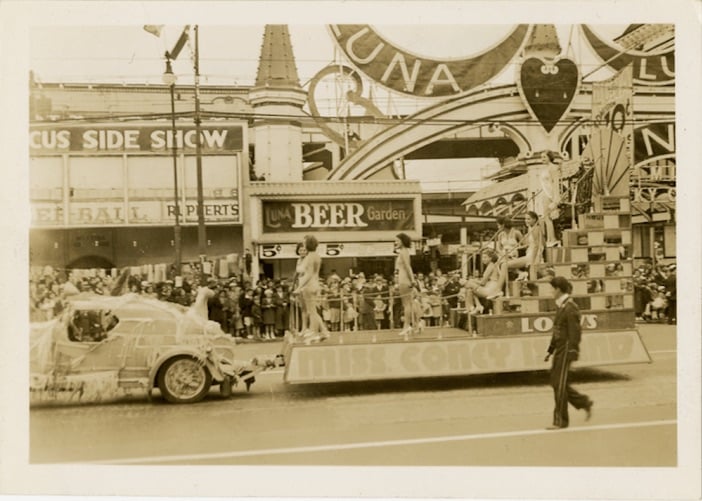
During the 1920s through the 1940s, if a family's baby was born prematurely, they had an unusual option to help their baby's survival: New York City's Coney Island, known for its rides, attractions, and sideshows.
Now, sticking a premature baby in a sideshow might make you gasp, but this was a little different. And it saved many, many lives.
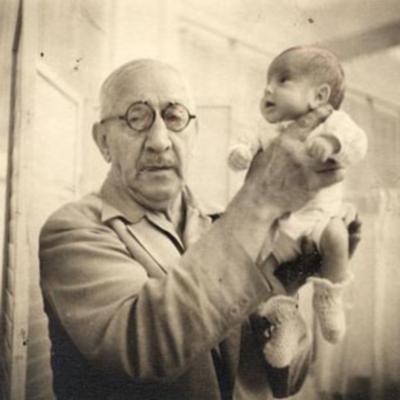
At Coney Island, a doctor named Dr. Martin Couney had set up his own sideshow, where the attraction were the tiny premature babies.
The babies would stay in incubators of his own design, and were attended by nurses.
Dr. Couney had traveled to many cities demonstrating his incubators, mainly at fairs and conventions, and insisted that they were the way to save the lives of these tiny babies.
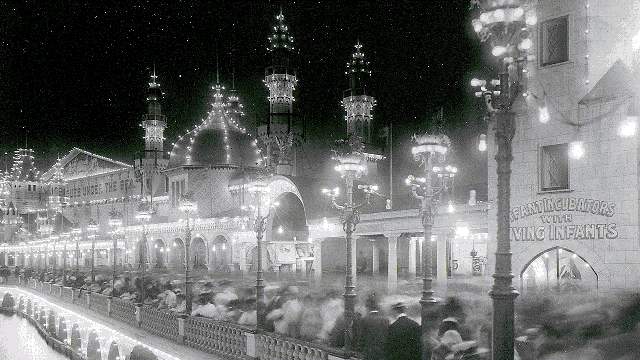
His show of tiny infants was installed permanently at Coney Island, where visitors paid 25 cents to peer at these impossibly tiny humans. Some people didn't believe they were real!
Look closely at the right side of this photo, and you'll see a sign advertising the babies.
And all of the proceeds went to the babies' medical care and food. The babies' parents were not charged for any expenses, and were of course free to visit at any time.
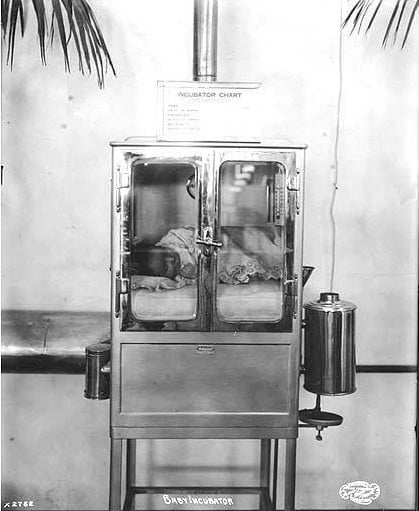
The babies lived in incubators similar to this one, which was used in a 1909 exhibit. Their design was inspired by poultry incubators, and so they were known as "child hatcheries."
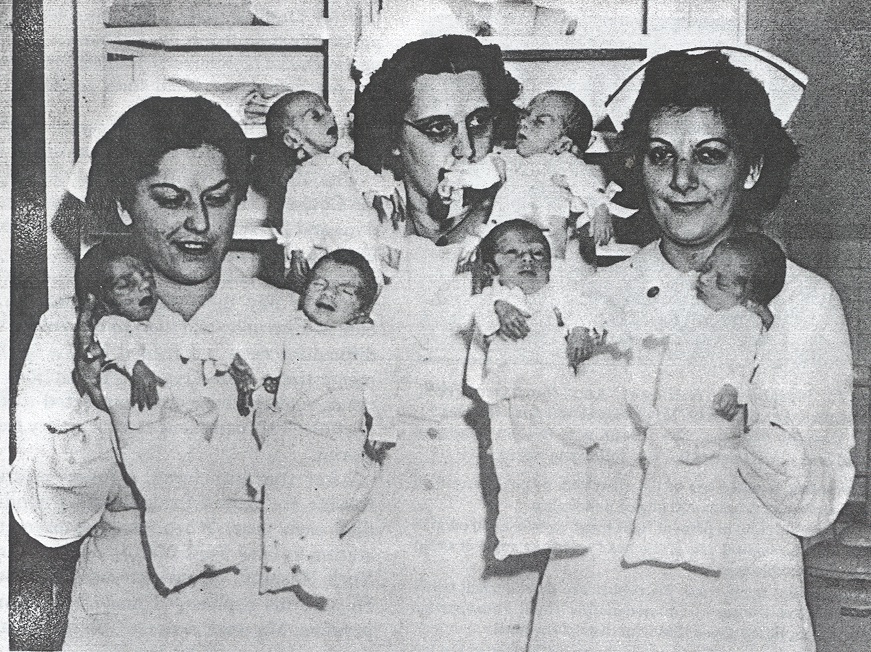
Thanks to the care of Dr. Couney and the nurses, the babies grew and thrived, and were soon stable enough to live outside the incubators.
Dr. Couney frequently held the "graduation" events for the babies who outgrew their incubators and returned home.
These nurses show off some "graduating" babies at the 1939 World's Fair in New York. The nurse in the center is Dr. Couney's daughter.
Many of the children Dr. Couney had helped survive would return years later to meet him.
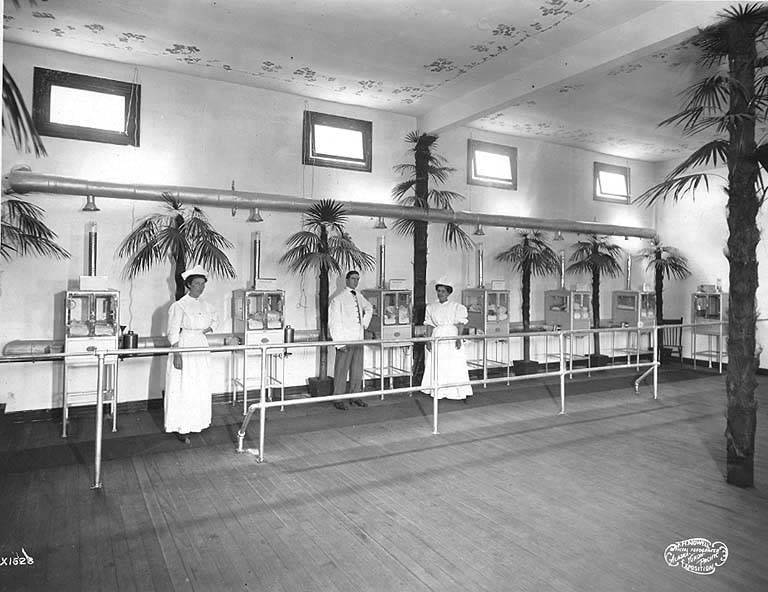
One woman to return was Lucille Horn, who today is 94 years old.
Only two pounds at birth, she spent six months in a Coney Island incubator. When she returned, she met Dr. Couney, as well as a young father worried about his own premature baby.
According to Lucille, Dr. Couney told the father, "She's one of our babies. And that's how your baby is going to grow up."
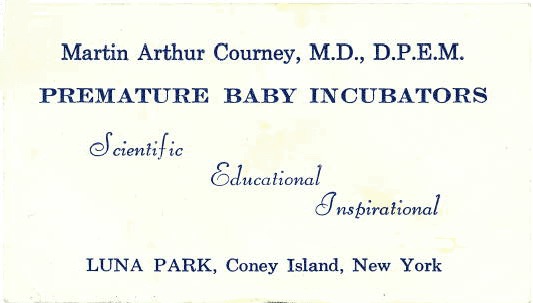
Because he operated out of fairs and sideshows, though, many hospitals were suspicious of his practices.
But Dr. Couney stood by his practices — and the babies. Some people worried that being born premature would lead to "abnormal" adults, but Dr. Couney insisted that they were just like anyone else.
He also believed that all babies, regardless of ethnicity or economic status, were deserving of care.
In all the years of his exhibit, 6,500 out of the 8,000 premature babies survived and grew up.
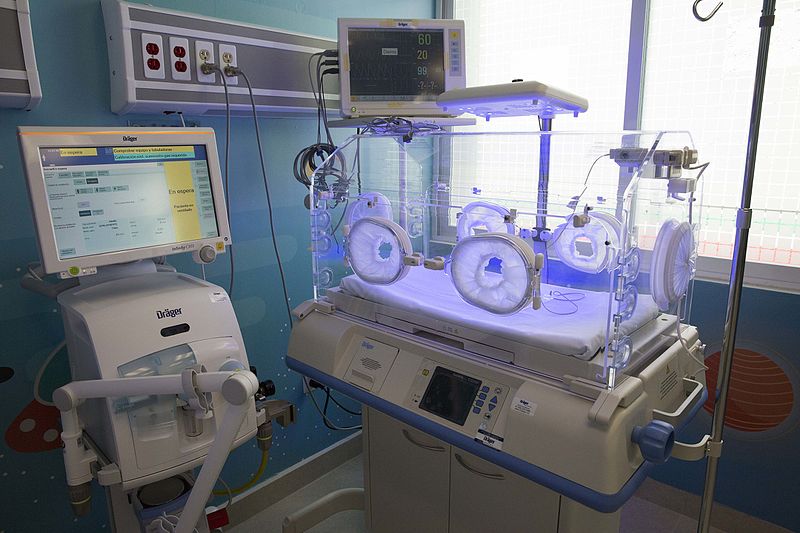
By 1939, incubators began to be accepted by mainstream medicine, and began appearing in more and more hospitals.
And by 1943, with incubators as a new staple in hospitals, Dr. Couney closed his exhibit, declaring his work done.
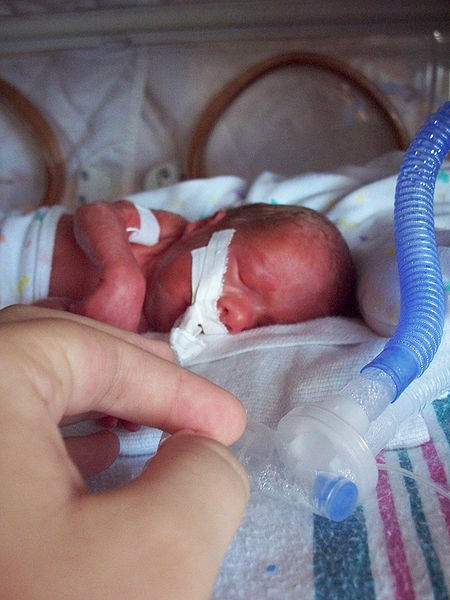
Today, premature babies have a much higher chance of survival than they did in the past, and new technologies are being developed every day.
And it all started with a sideshow attraction so many years ago.
SHARE the incredible history of the incubator with your friends, and show them that sometimes great advances come by way of the strangest routes!




